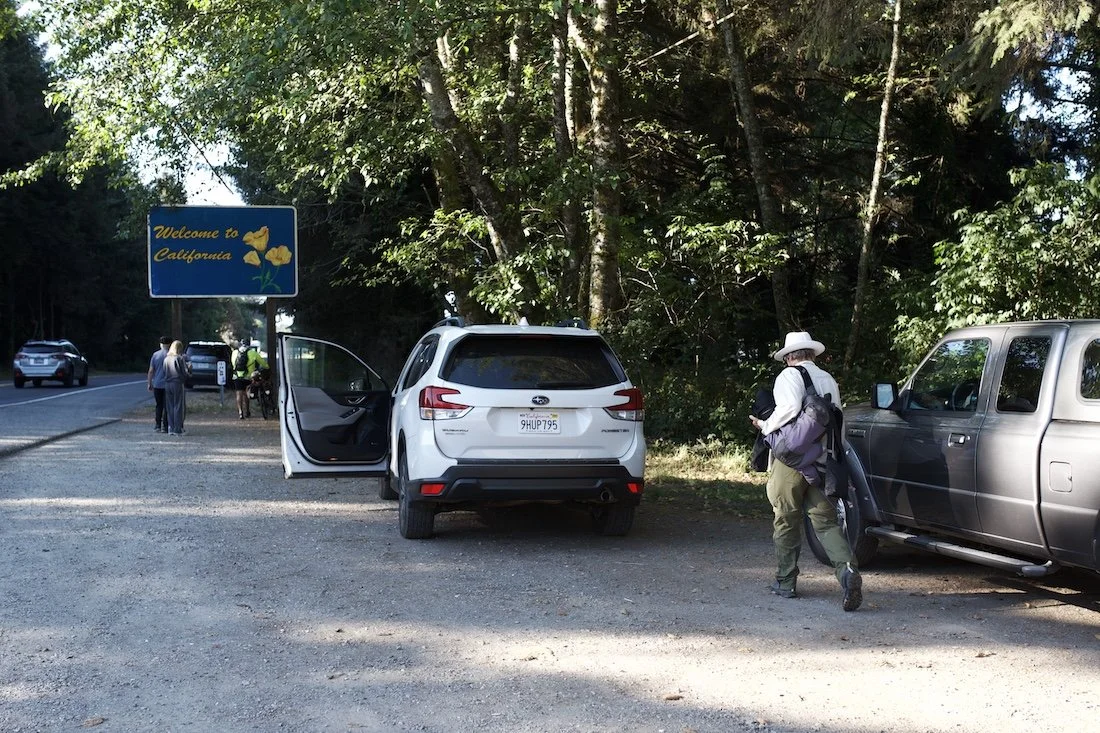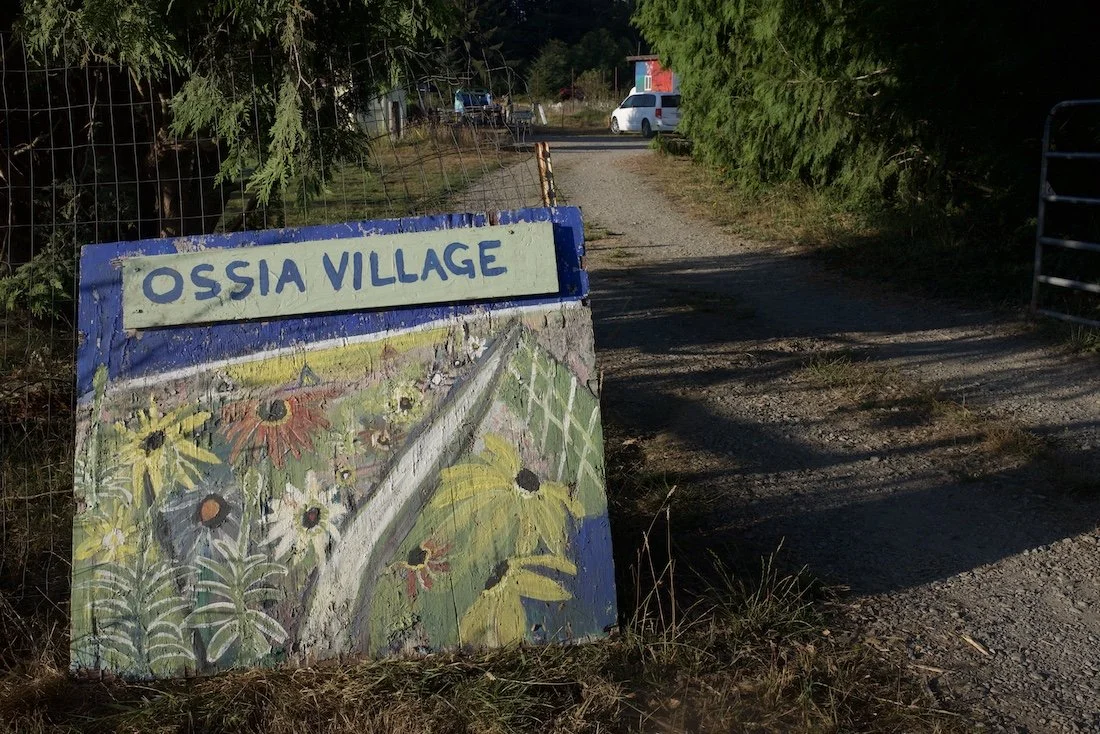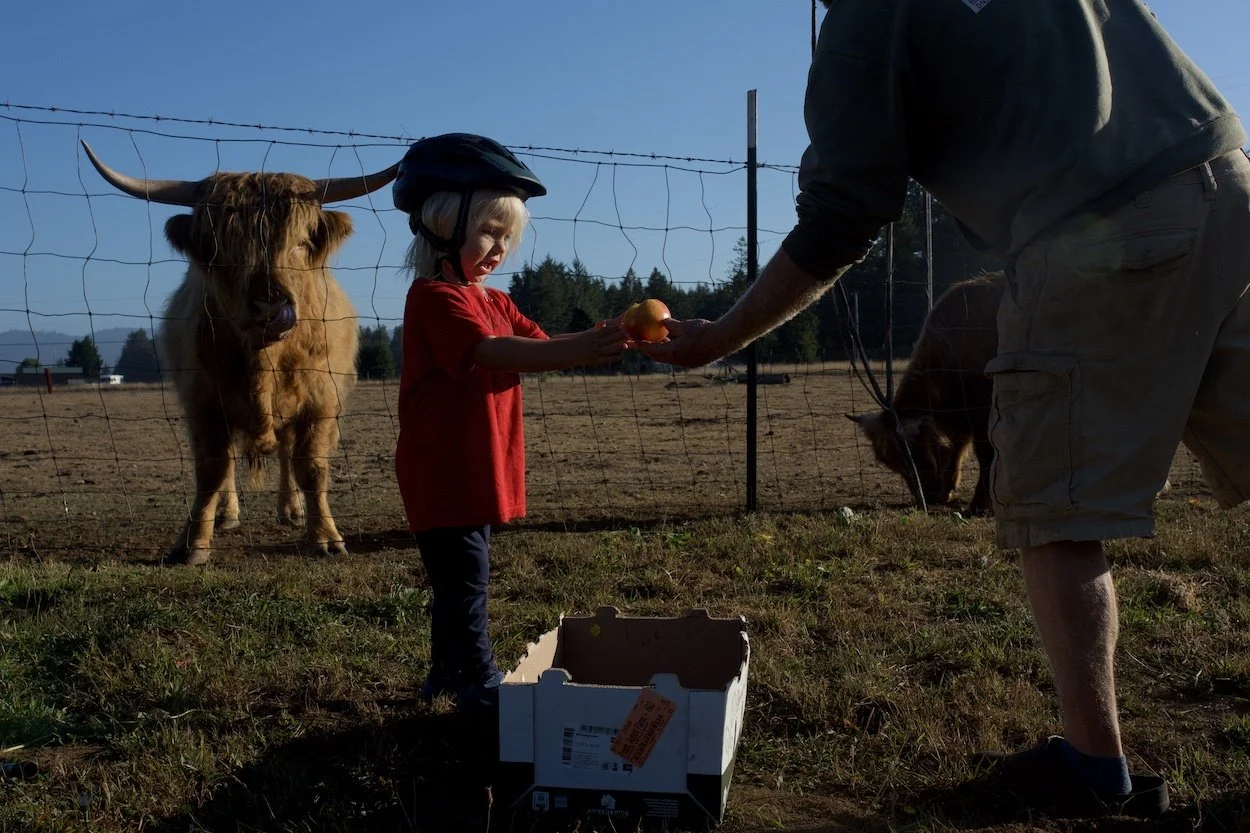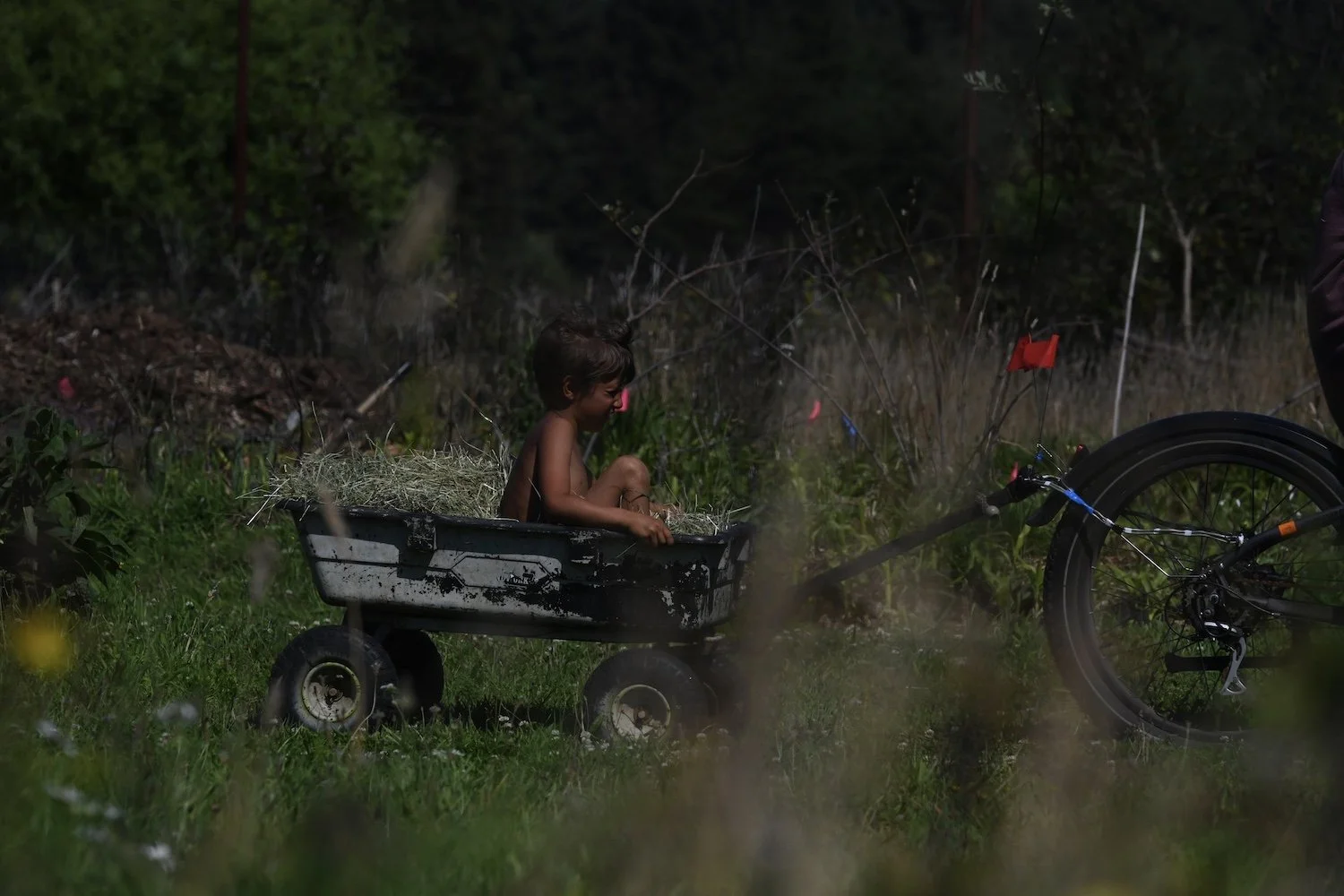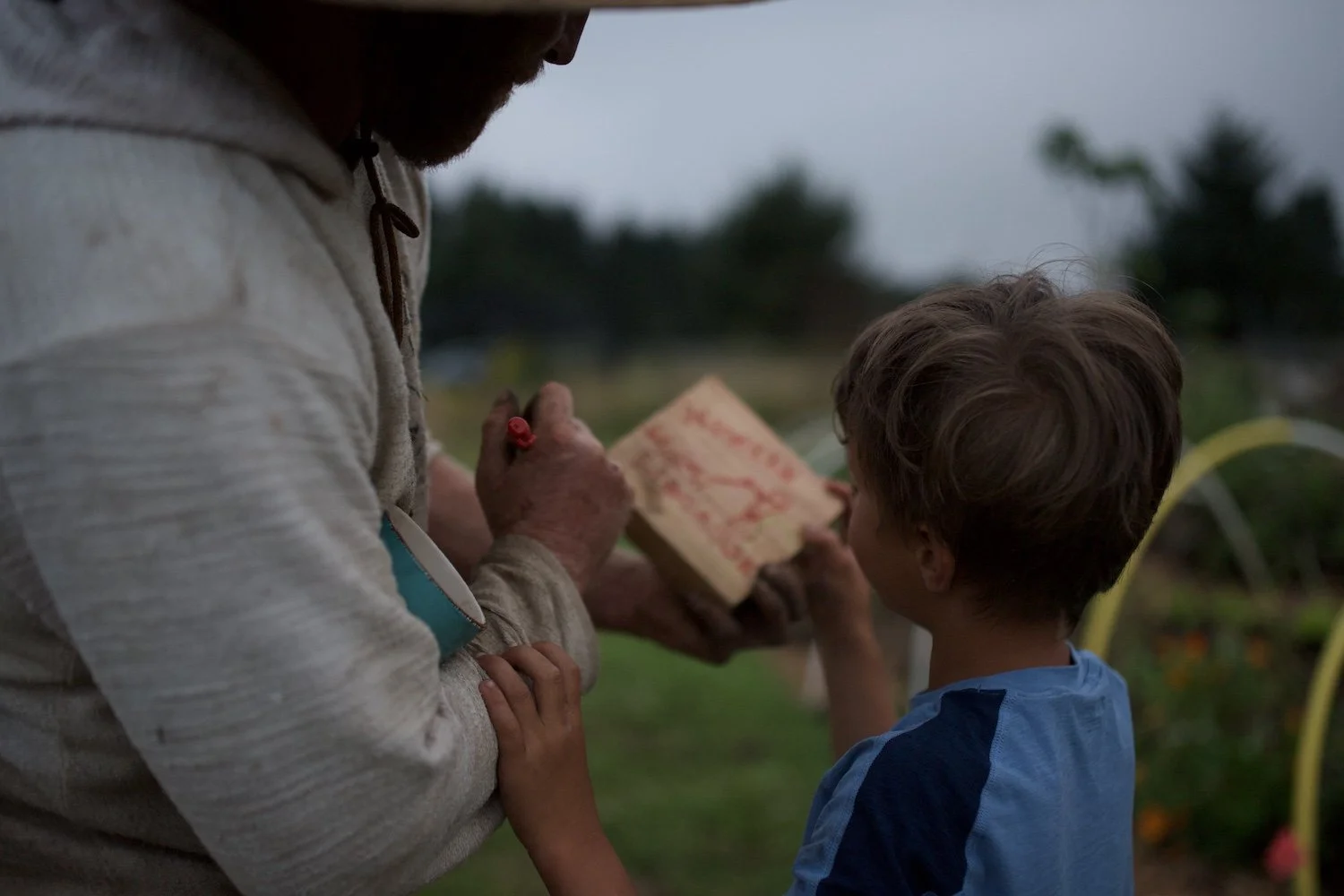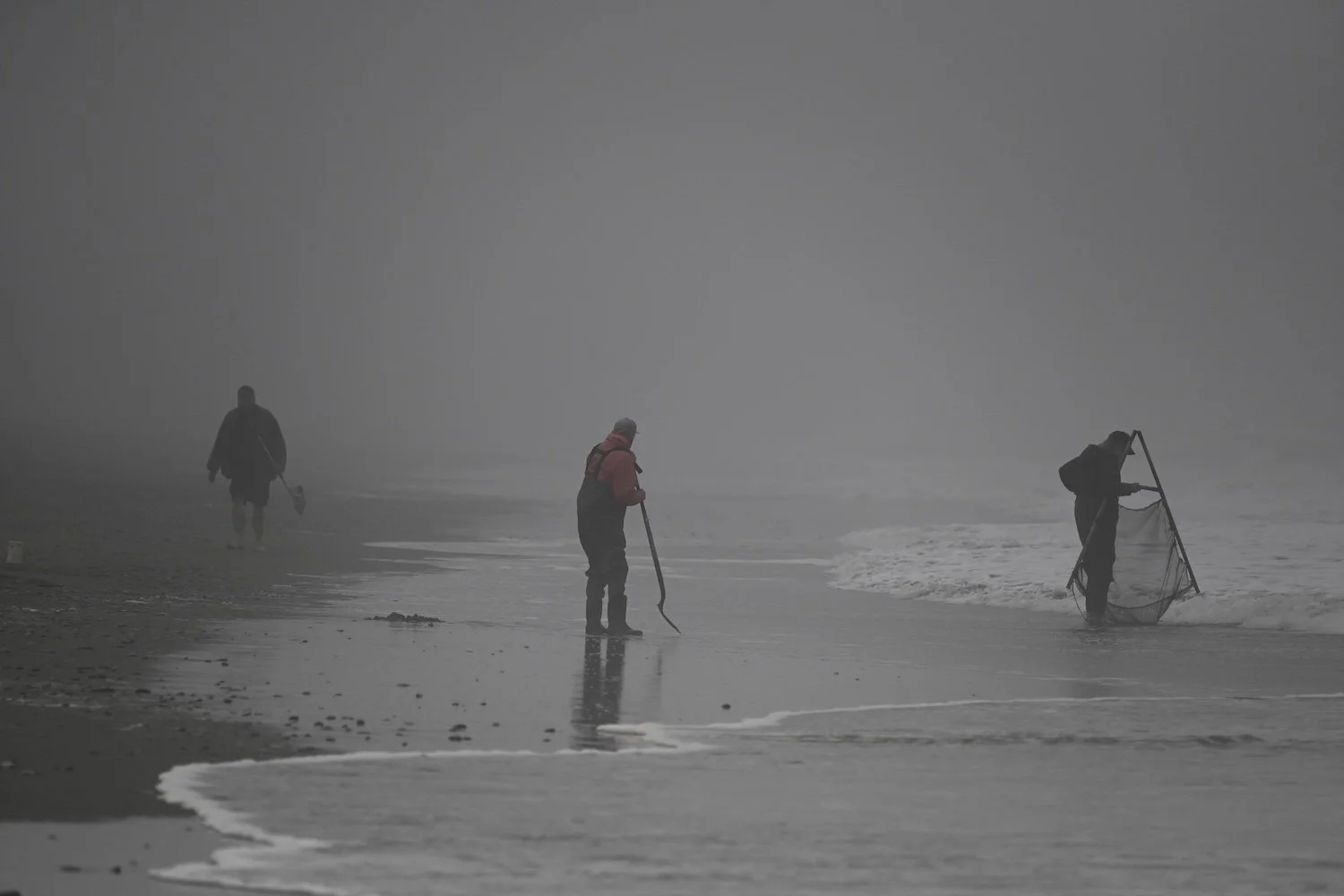Welcome to CalifOregon!
It isn’t exactly procrastination that has kept me from writing about our most recent coastal walk. Or, I should say, it’s not only procrastination. I’ve sat down to document the trip half a dozen times. I’ve scribbled notes in notepads, on scraps of paper in my car and in a memo app on my phone. The trip comes back to me more as a collage than a strand of words. More as a peek through a kaleidoscope than an essay. But I promised myself that I’d make a post about it before Jo and I head off for the next leg of the coastal walk and now I’m scouring the garage for a bottle of propane for my camp stove because we’re off to a Hipcamp in Malibu in a couple of days. The same place we stayed last time we walked in Southern California, a few months before the Franklin fire took out swaths of the area we’d newly come to know and love. We walked forty-nine miles during that stay, from Wilmington to the Santa Monica Pier and many points inland along the route. We met some interesting characters, including an elderly woman who is a tall ship sailor and a four-year-old camp neighbor who took yoga tips from Jo.
With our southern most stretch of coast on hold for a while as the devastation from the fires settled, we opted to head all the way north, to the California/Oregon border, where we covered thirty-five miles of coast over a few days. We stayed at a Hipcamp just south of the state border. After an eight hour drive, my Subaru tires slid from asphalt onto loose-dirt through open farmland and grazing highland cattle, where a hand painted sign announced my destination: Ossia Village Farm. Jo had already arrived and set up her tent and I got straight to work pitching mine.
Once our campsite was squared away, we set out to familiarize ourselves with this private family farm replete with a U-pick organic vegetable garden, wandering goats and chickens and plentiful wildlife. In addition to bright yellow, black, and speckled banana slugs, there were orange ones! Who knew? Within moments of our arrival, we were encouraged to pick some fresh vegetables. We dug up a treasure trove of purple, red, and butter-yellow potatoes. I snapped loose the single most delicious cucumbers I’ve ever had occasion to sample. Jo picked blackberries from a massive bramble and ate them right off the vine. This property was once a hydrangea farm and its remnants dot the landscape in the form of dazzling bursts of purple, pink and dappled green clusters like so many fancy 1950s swim caps.
We put the fully equipped outdoor kitchen to use making batches of buttered popcorn to share with the family who lives part-time on the property, the farm manager who lives there year round, and all the other camping guests. Free range children rode through our campsite on bikes, bigger kids towing smaller ones in carts behind them. They’d stop to chat then hop back on and make loops around the five acre farm. A young man of about fifteen cut a stark visual image as he rolled through the gardens balanced on top of a massive wooden spool painted bright orange, contrasted against a cerulean sky. Another teenager noticed me trying to capture photographs of a swarm of green dragonflies hovering over a field of tall weeds. He told me of an experience that led him to become fascinated with dragonflies, particularly the ones we were now observing, green darners, who make one of the longest migrations of insects in the world. He was out to dinner with his family several weeks before and when they emerged from the restaurant, the air was so thick with dragonflies for a couple of minutes, that it was hard to avoid being hit by one. He proceeded to learn all about their 1,500 mile multi-generational migration that includes stretches of coastal California and Oregon.
Dar, the instantly likable farm manager whose history as a camp counselor shines through every interaction, introduced me to another teen, a young woman with a new camera who was eager to nerd out with a fellow photographer. We wondered around the farm for an hour talking about camera settings and practicing on flowers and frogs and chickens. In the late afternoon, Dar announced that it was feeding time for the farm animals and all the kids gathered to feed the furry highland cows and the goats from buckets of excess produce from a neighboring organic farm. Very little goes to waste at Ossai.
After a warm dinner cooked on Jo’s camp stove. Jo and I tucked into our respective tents with the aim of getting an early start. We popped up with the rising sun and headed for the border where we left Jo’s truck then piled into my car and drove to our start point. Day one of our walks brought us to Tolowa Dunes State Park where we walked along the water’s edge and through sand dunes with shoulder-high, mostly invasive, sea grasses. We had to push inland to circumvent the mouth of the Smith River, which brought us through acres and acres of farmland. We set up our picnic lunch in an open field along the river, next to huge mounds of soil amendments.
Each day, we set out early and made our way along blissfully isolated stretches of beach, save a small group of fishermen who drove a fat-tired truck over the sand to reach their favorite spot. After walking, we returned to camp long enough to change from hiking boots to flip-flaps than took a five minute drive to a local’s swim spot, marked by a small water tower and we jumped in the drink. One afternoon we floated down the river to see what we might see. A woman resting on the sandy shore saw us going by and came out on her stand up paddle board to greet us. She offered to loan us her board and Jo and I each took turns giving it a try. We told her that we’d been visiting the Tolowa Dunes and the hauntingly beautiful Yontocket area. Our new friend told us that her husband is a member of the Tolowa tribe and that she is Yurok. She invited us to come see the ancesteroal tribal lands that they live on, including an historic dance house, the traditional redwood plank house of the Tolowa. We swam and waded and walked through a small thicket of reeds to reach her home where she showed us the flower path used in ceremonies when girls reach womanhood. She told us about the black bears and moose who rummage through her property regularly, upturning garbage cans and rooting through her garden and she educated us on history of the Yontocket massacre that happened in 1853, destroying hundreds of lives and dwellings, right in the area where Jo and I had walked that morning in silent awe. She swam back with us to the point where we’d met her, we said our good byes then continued on to the water tower, happy and content about having randomly met and spent meaningful time with an interesting person, and seeing new and unfamiliar things and emotionally waterlogged with the gravity and grief of the history we were learning about.
When we got out of the water and approached the tiny sandy beach where we’d left our shoes and towels, we were greeted by a police vehicle and two officers standing next to our belongings. One of them asked, “Are these your things?” I confirmed that they were and he asked, “Where do you live?” I had to resist blurting out my knee jerk response of, “Where do you live? Who wants to know?” but decided against it and I’m glad I did because it immediately became clear that they were simply looking out for us. “We’re from Santa Cruz” I responded. “Yep” he said in a friendly tone “We just ran your plates and that’s what the system says.” The officers explained that they had noticed our belongings a few hours earlier and when they were still there on their next rounds through the area, they’d become concerned that we might have been harmed in some way. I assured them that we’d just been playing in the river for several hours and were now heading out. I apologized for worrying them and thanked them for their concern and they left.
We returned to camp with one small detour for Dove Bars dipped, chocolate ice cream dipped in crunchy dark chocolate coating at a tiny gas station market, which we ate in the car, before dinner. Back at the ranch, I soaked in a hot bath in a porcelain clawfoot tub set up in a curtained-off section of a giant greenhouse, with a missing section of ceiling that allows for stargazing, then bundled up and sat around a campfire roasting marshmallow with residents and fellow campers, singing, and listening to wide-ranging topics of conversation, including the laments of parents trying to raise young children in the age of screen addiction.
I turned in early after a long, fascinating, and exhausting day. In the morning, I woke up to a stentorian voice barking orders over a staticky loudspeaker. This is how I learned that Pelican Bay, a supermax security prison I’d heard of from time to time throughout my career in social work, was my temporary neighbor. It was odd to be camping in an idyllic setting, pulsing with life and fellowship within earshot of a facility that houses some of the most serious criminals in the United States. While I fried freshly picked potatoes over a propane flame and watched a row of baby quail bobbing along behind their mother through dewy grass, I was sharply aware that there are men in prison blues a stone’s throw away who sit behind thick metal doors spending almost every hour of every day in isolation and rarely feel the sun on their skin.
Jo had morning coffee in her handmade ceramic mug. I boiled water for a bowl of oatmeal with raisins and diced apple and we caravaned to our end point to leave one care then continue on to our start point. We walked a length of sand through a foggy morning and follow a short, steep path to visit the charming Battery Point Lighthouse where there’s a donation station with a sign that reads, “Dollar Exchange. One of yours…for one of ours!” with a supply of sand dollars that visitors can take home in exchange for a cash donation. Battery Point Lighthouse, built in 1856, was one of the first lighthouses constructed along the coast of California. We wander around the tiny islet which is dotted with clusters of bird houses, castaway buoys and wooden sculptures, then make our way to the beach that runs along Pebble Beach Road, transitioning from sant to clifftop to road as dictated by the tide and the rocky outcroppings.
After a quick visit to the Smith River, we arrived back at Ossia Village in time to join in on feeding the highland cows then set to work making dinner and planning our final day of walking. Our last walk of the trip took us through a city park, atop cliffs, through sand, and on trails. On one trail we stopped to admire some plants with flower clusters that looked like little birds nests. Jo and I both have bird and plant identification apps on our phones and happily discovered that the plant is called, guess what? Birds nest. On the beach, we spotted a flock of one of my all time favorite birds, cedar waxwings and stopped and observed them for a few minutes. Next time we venture this far north, we’ll start at the Crescent City harbor where we left off.
I usually feel ready to return home after a few days of walking. I miss my wife, Ellen and our cozy home. But, this time, I was sad to leave this remarkable patch of land and the people there who are working so hard to create a safe, simple, community-minded place to grow and share food and raise curious, engaged children. This trip, like many of our excursions, introduced me to a part of California I never knew. An area rife with devastating history and also rich with thriving Native American communities committed to cultural preservation and environmental healing.
Within the next visit or two to this area, we’ll be in an area known as the Lost Coast. We’ll have to strategize how to navigate this area because it’s primarily a through hike that requires being out for a few days. The area is home to black bears which is both exhilarating and a bit scary. Having only seen bears in zoos, with two brief exceptions, I have some things to learn about being in their territory.
Within the fist thirty minutes of my drive home, I spotted something on the side of the road and tried to organize my brain around what I was looking at, as I got closer, I saw a dead black bear laid out on his back, with his arms by his side, like a big sleeping human. He was perfectly intact besides a stream of blood dripping from his nose. I passed him by, but turned around to get a closer look. The mix of excitment at seeing a bear and heartbreak that he was most likely killed by a vehicle made for a perplexing emotional cocktail. I stayed in my car and stared at him for a few minutes then got back on the road.
Hours later, as I neared Sonoma, I spotted a flutter of brightly colored butterflies…well, humans with butterfly wings, riding along a bike path beside the highway. As I drove along I saw more and more of them in pairs and small groups. Mostly on bikes, but some walking or on roller skates. I circled back and found a safe spot to stop and take some photographs from across the road then continued toward home. I later stopped along a brightly painted bridge across which several butterflies were carrying signs and learned that they were all heading to an event to protest against ICE.
Every single walk we take is full of interesting interactions, new bits of historical information, surprising details about nature. So far, this trip to Crescent City has been the most enjoyable, impacting and educational of our adventures, for me.
We left Jo’s truck at the Welcome to California sign and started south on foot.
Walking back to the car at the end of our hike on day 1.
Arriving at Ossia Village Farm on August 18th, 2025
Dar, the farm manager, engaging a young camper in feeding time for the cows
A little one being carted around the farm by a teenager.
Dar issuing a lawn mowing license to a an eager youngster.
Early morning fishing along the Tolowa Dunes beach
The curtains of the Battery Point Lighthouse
. A foggy morning along Pebble Beach Drive, just south of the Battery Point Lighthouse.
Crescent City Harbor
A shiny tribute to the local black bears.
Butterlien eiroute to protest against ICE
